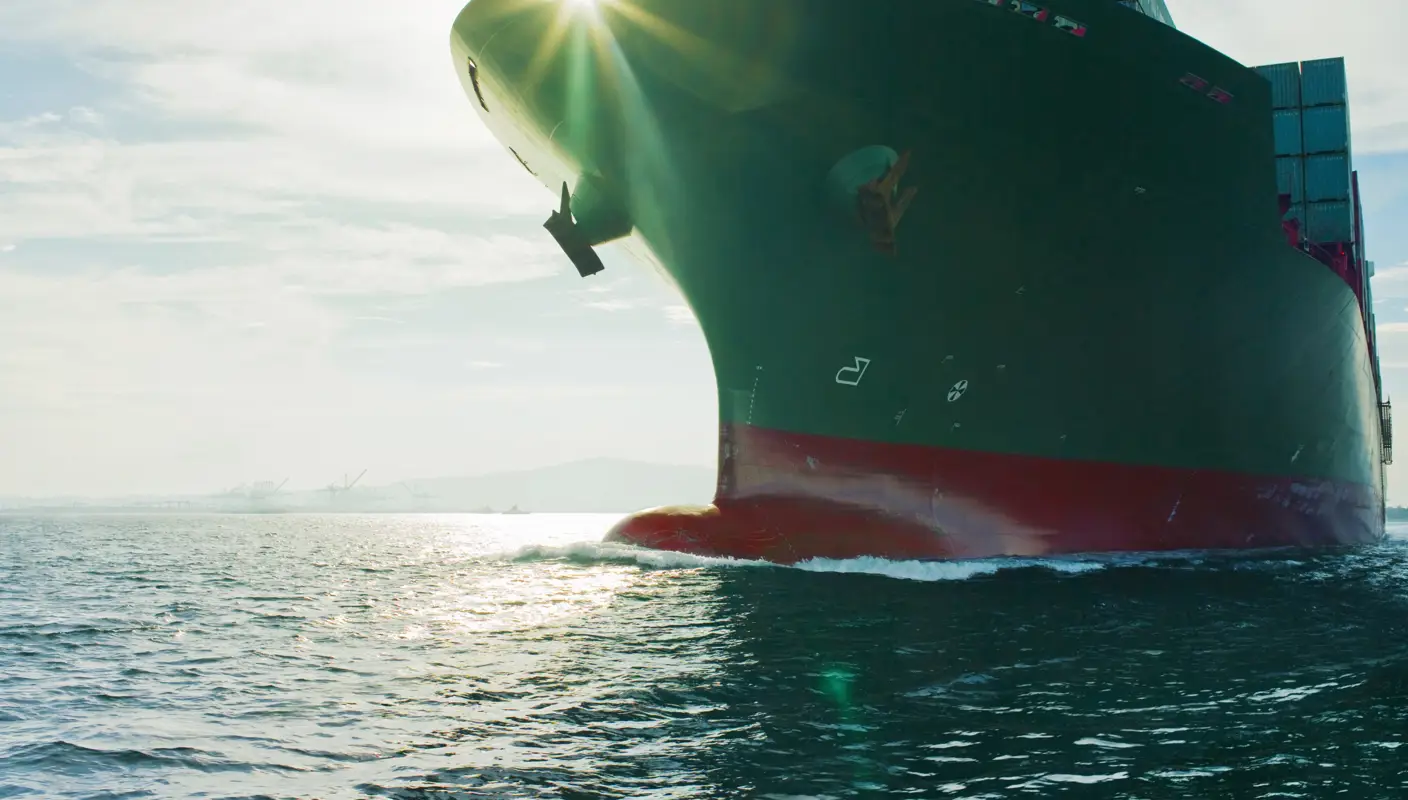Insights
New ISO 19030 can contribute to reducing fleet energy costs and emissions

June 01, 2017
Initiated by Jotun, the standard development has been more than three years in the making. It iss seen a collaboration of over 50 experts from throughout the industry working together to develop a uniform framework for measuring the efficacy of solutions improving hull and propeller performance.
Oftedhahl, who managed the development of the new standard on behalf of the International Organisation of Standardization, firmly believes the industry can benefit from using the ISO 19030 standard, "With this standard we can finally quantify how solutions, such as advanced antifouling coatings, can contribute hugely to reducing losses caused by poor hull and propulsion performance. This is a huge leap forward for shipping and the environment, and it would not have been possible without the extraordinary spirit of collaboration and consensus."
Together with the environmental NGO the Bellona Foundation, Jotun took the initiative to explore the idea of establishing a standard way of measuring and assessing hull performance. It has worked with industry experts and stakeholders to bring the standard to fruition and made its hull performance measurement method available as a starting point for work on the new standard.
Uniform approach to performance monitoring can contribute to the realisation for reducing fleet energy costs and emissions, enabling the shipping industry to operate with enhanced efficiency and environmental performance.
Marine coatings and monitoring schemes offered by paint manufacturers claim to improve operational efficiency and environmental performance while also saving costs. However, until now, there has been no globally recognised and standardised way for measuring this. The long-awaited ISO 19030 standard, recently published by the International Organization for Standardization, provides practical, transparent methods for measuring changes in ship-specific hull and propeller performance and, in doing so, can contribute to the realisation of the great potential of reducing world energy fleet costs and GHG emissions.
Ship efficiency killer
Indeed, the conversation about how hull performance monitoring solutions offer fuel and emission savings is growing as poor hull and propeller performance is considered by many as a ship efficiency killer that accounts for around 10% of the world fleet’s energy costs (USD30bn) and greenhouse gas (GHG) emissions.
Many argue that hull performance monitoring solutions offer significant fuel and emission saving potential. However, hull performance monitoring is difficult due to several rapidly changing factors that influence fuel consumption including draft, trim, ship speed, and wind. Also, while the different monitoring systems all have a similar approach, the available approaches are difficult to measure.
Lacking standardised methods
Certainly there are effective solutions for improving performance but the industry has lacked a globally recognised and standardised way for measuring this and providing return on investment for ship owners and operators. Also, there’s a multitude of measurement methods being introduced in the market; some quite good, some fairly accurate, several of them propriety (black box) and many using their own yardsticks. It is becoming challenging, however, even for the most resourceful to determine which of these methods can be relied upon and which cannot.
Industry collaboration
The ISO 19030 standard satisfies that demand, prescribing measurement methodology and defining performance indicators for hull and propeller maintenance, repair and retrofitting activities. It has been more than three years in the making and has seen a collaboration of over 50 experts from throughout the industry working together to develop a uniform framework for measuring the efficacy of solutions improving hull and propeller performance.
With this new standard we can finally quantify how solutions, such as advanced antifouling coatings, can help tackle the enormous potential for GHG and energy cost reductions, while providing accountability and return on investment for shipowners. As such, this is a huge leap forward for shipping and the environment, and it would not have been possible without the extraordinary spirit of collaboration and consensus.
The standard offers a two-tier methodological approach: ISO 19030-2, the default measurement method, with the most exacting requirements and greatest measurement accuracy; and ISO 19030-3, allowing for ‘alternative methods’ and included in order to increase the applicability of the standard.
Enabling better and quicker decision making
The standard is intended for all stakeholders that are striving to apply a rigorous, yet practical way of measuring the changes in hull and propeller performance. It will make it easier for decision makers to make better and quicker decisions. Also, it will also provide much needed transparency for buyers and sellers of technologies and services intended to improve hull and propeller performance. Further, it will make it easy for the same buyers and sellers to enter into performance-based contracts and thereby better align interests with third parties.
The ISO 19030 standard comes at a time when market pressure and regulatory developments are forcing the maritime industry to focus on energy efficiency and meeting environmental challenges. New regulations will likely increase the use of green shipping technology and the take up of voluntary schemes to achieve efficiencies and emission reductions.